Analyzing BIM's Impact on the Built Environment in Construction
VerifiedAdded on 2023/06/11
|10
|747
|102
Report
AI Summary
This report examines the impact of Building Information Modeling (BIM) on the built environment within the construction industry. It begins by defining BIM as a digital representation of a facility's functional and physical characteristics, emphasizing its role as a shared knowledge resource for informed decision-making throughout the facility's lifecycle. The report highlights the challenges faced by construction project participants, such as limited staffing, tight budgets, and conflicting information, and how BIM addresses these challenges by enabling virtual construction before physical implementation, thereby reducing uncertainty and improving safety. A case study of the Crossrail project in London is presented to illustrate the practical application of BIM in a large-scale infrastructure project. The report also discusses the future implications of BIM, including the increasing adoption of robotics and drone technology, and concludes that effective BIM implementation enhances the competitiveness of construction firms by providing valuable insights into labor and material costs, as well as project schedule, cost, quality, safety, and function management.
1 out of 10

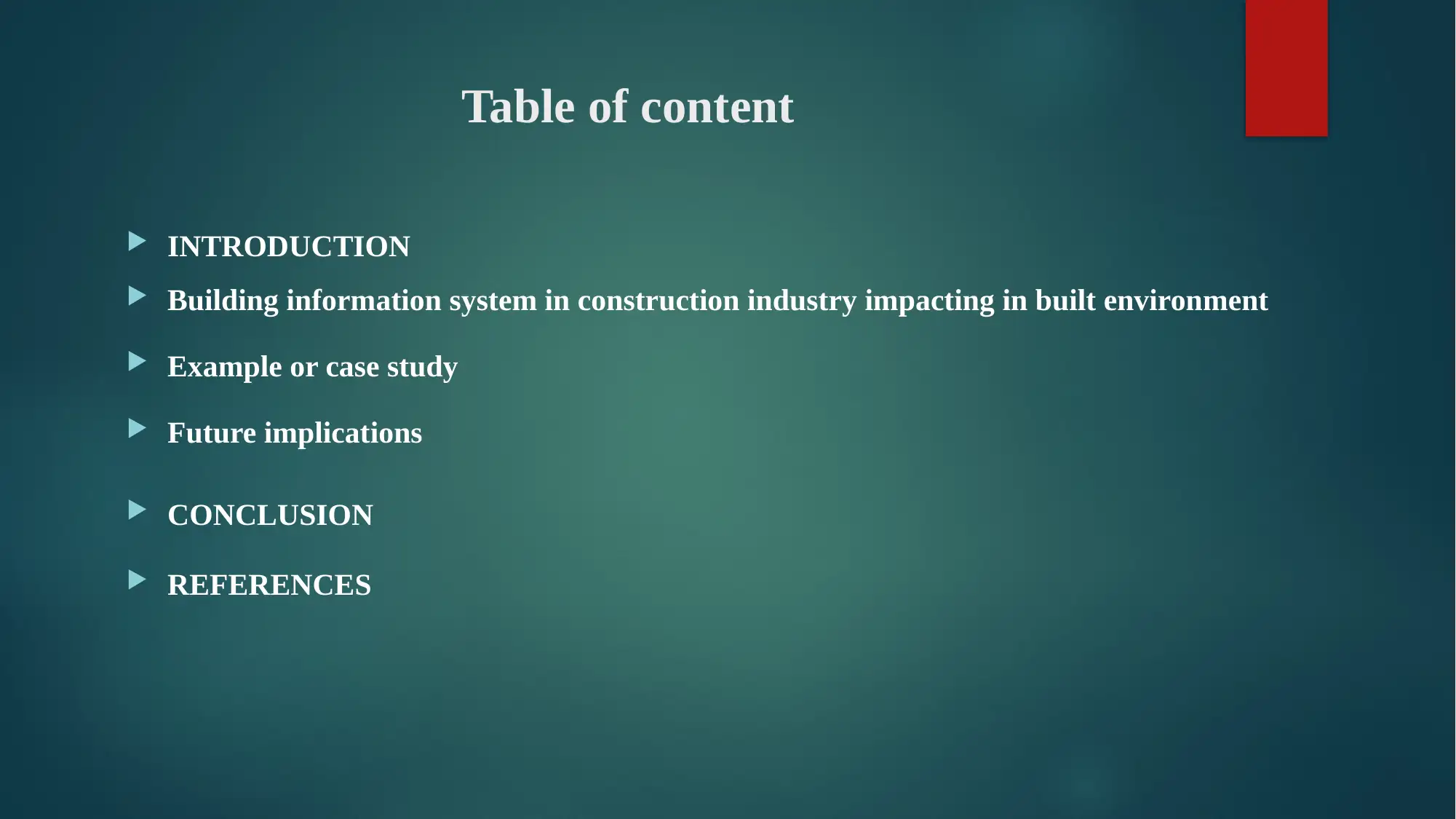
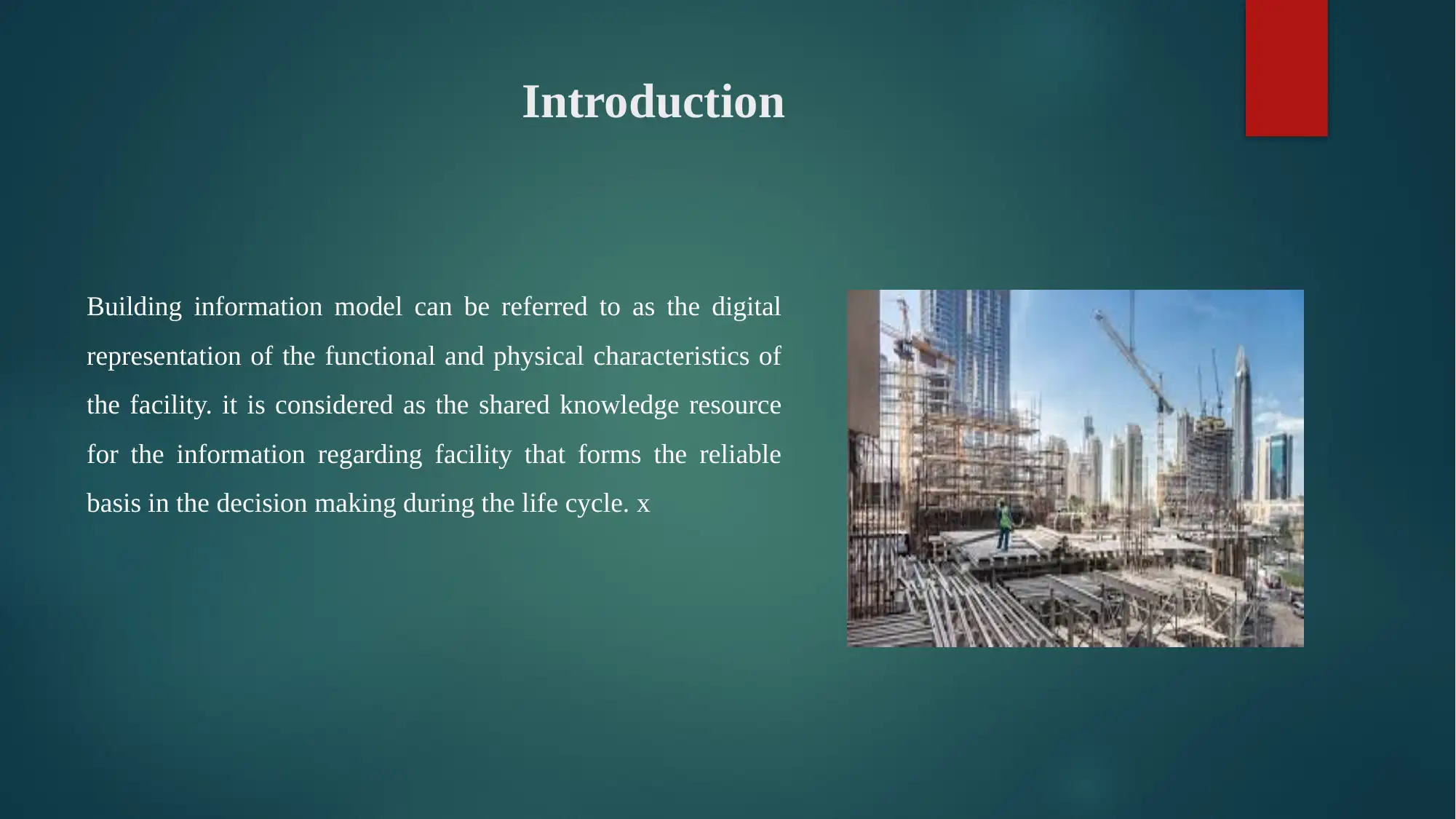

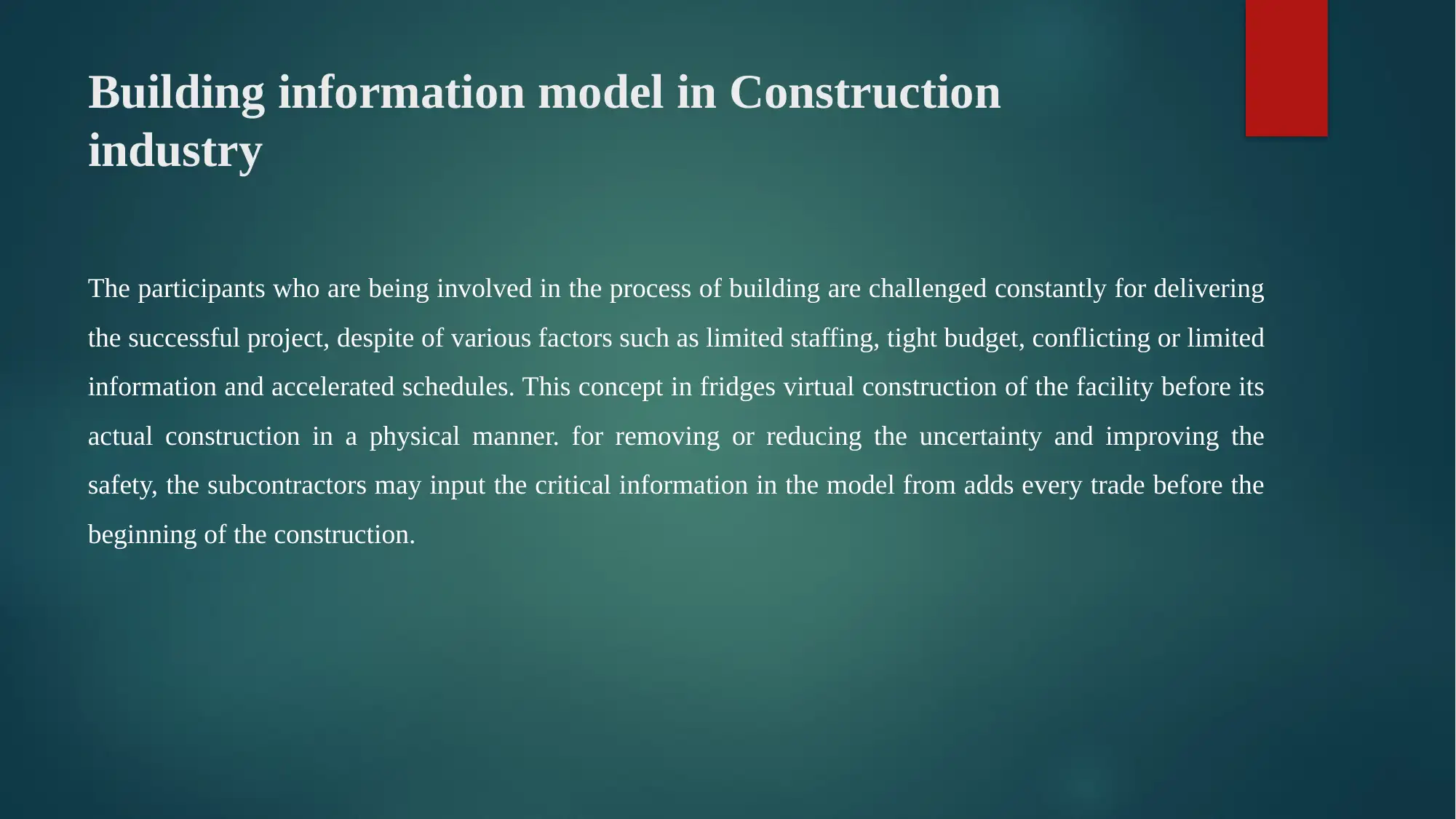
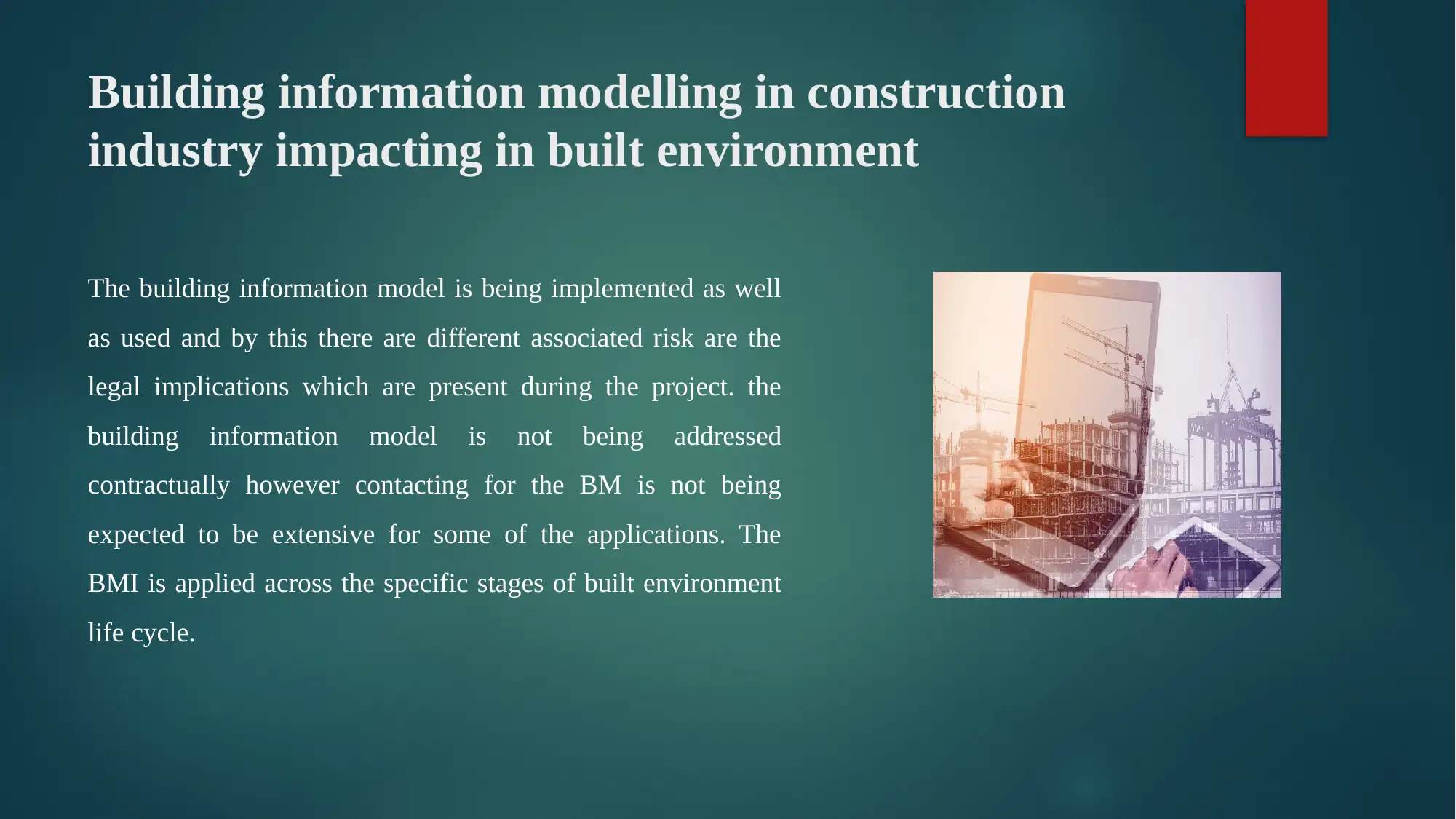
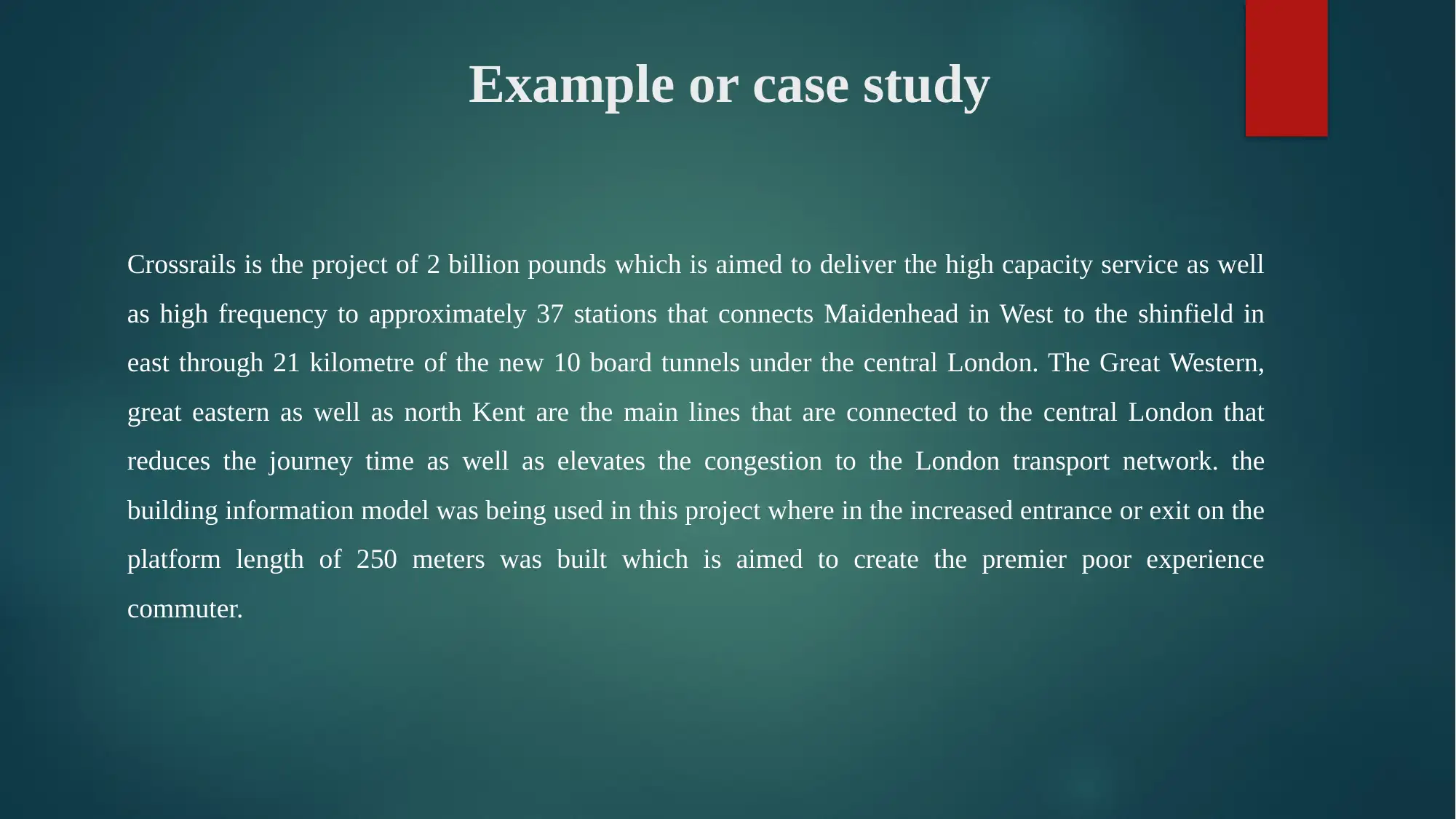
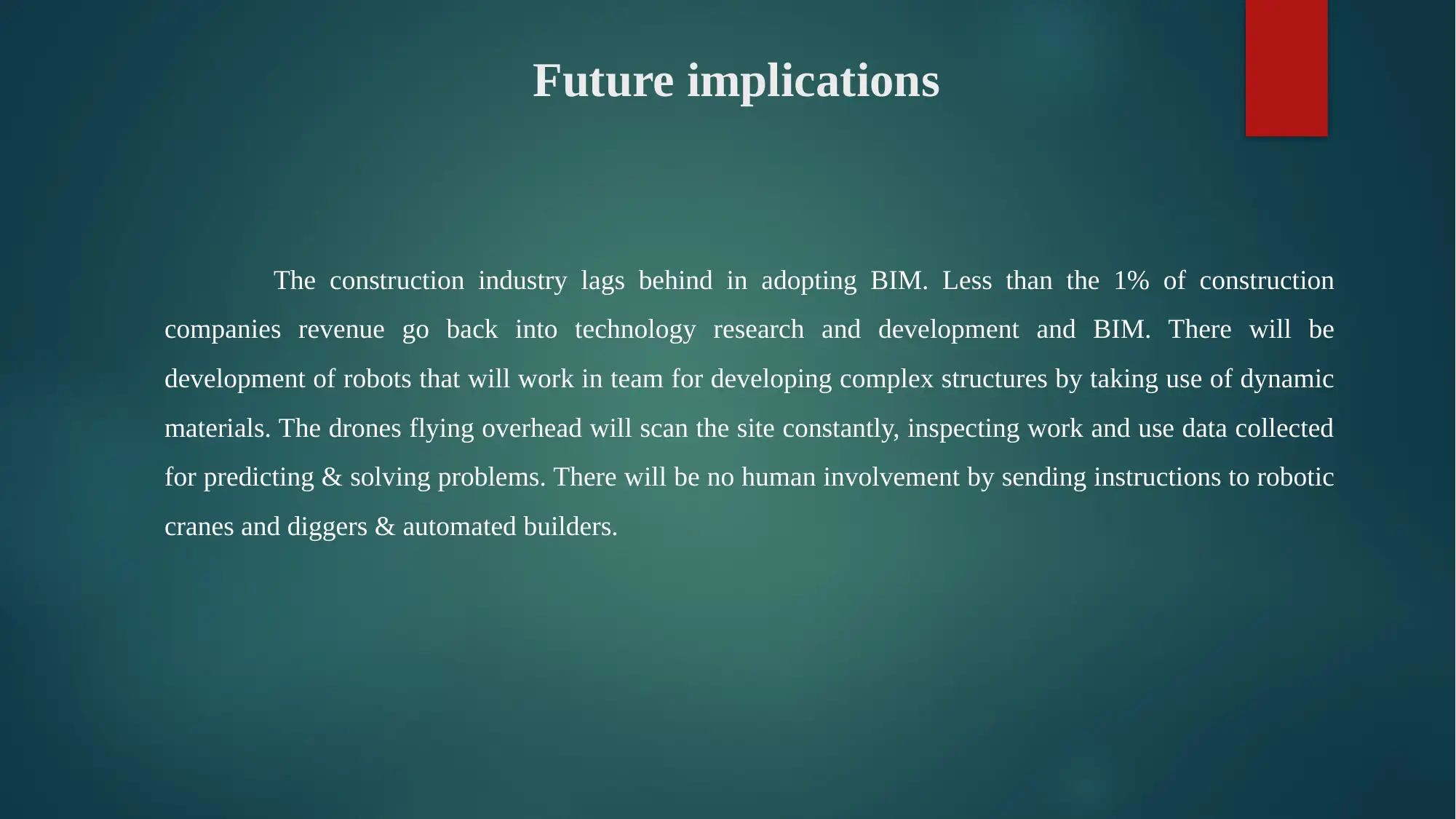
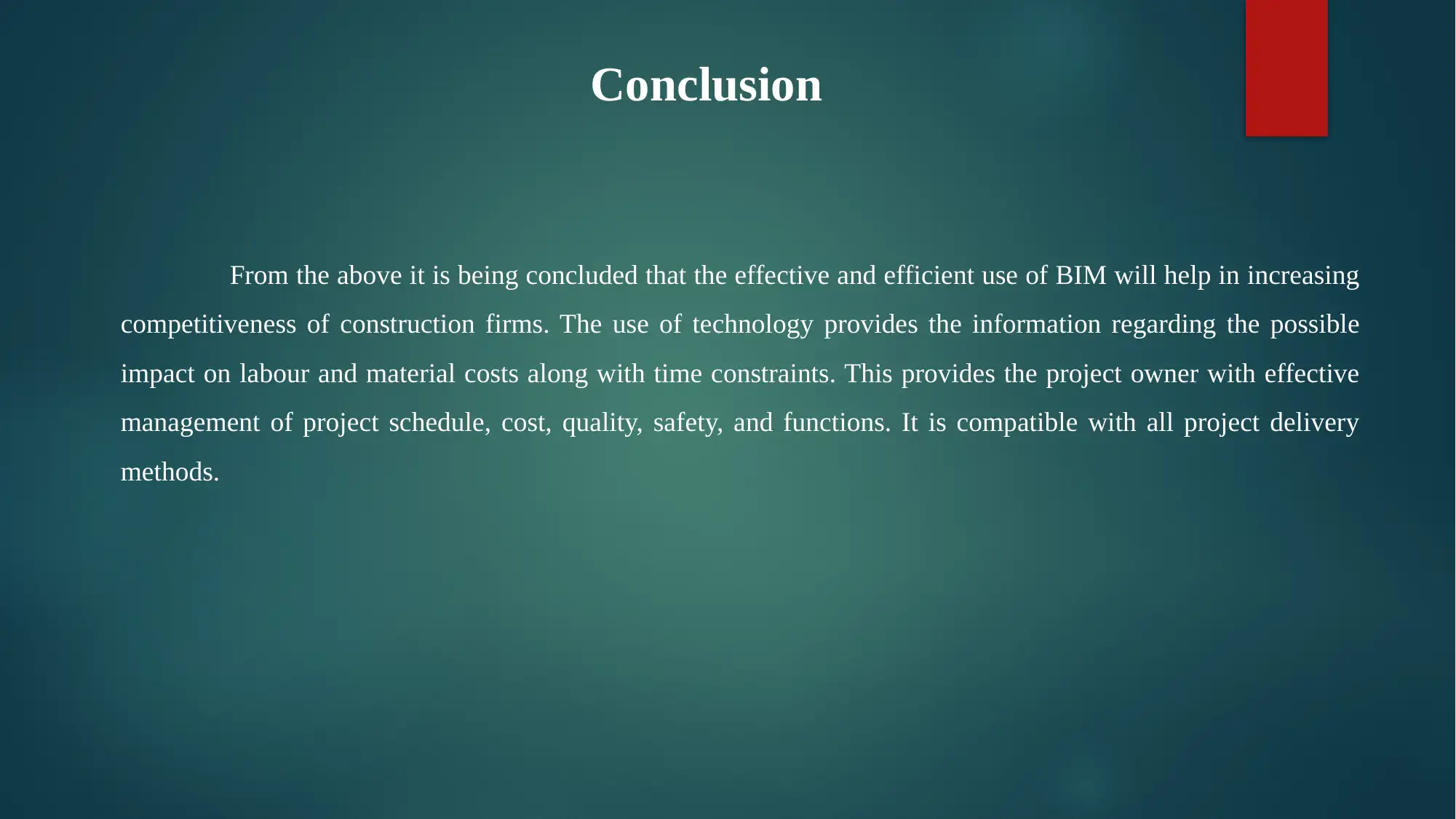
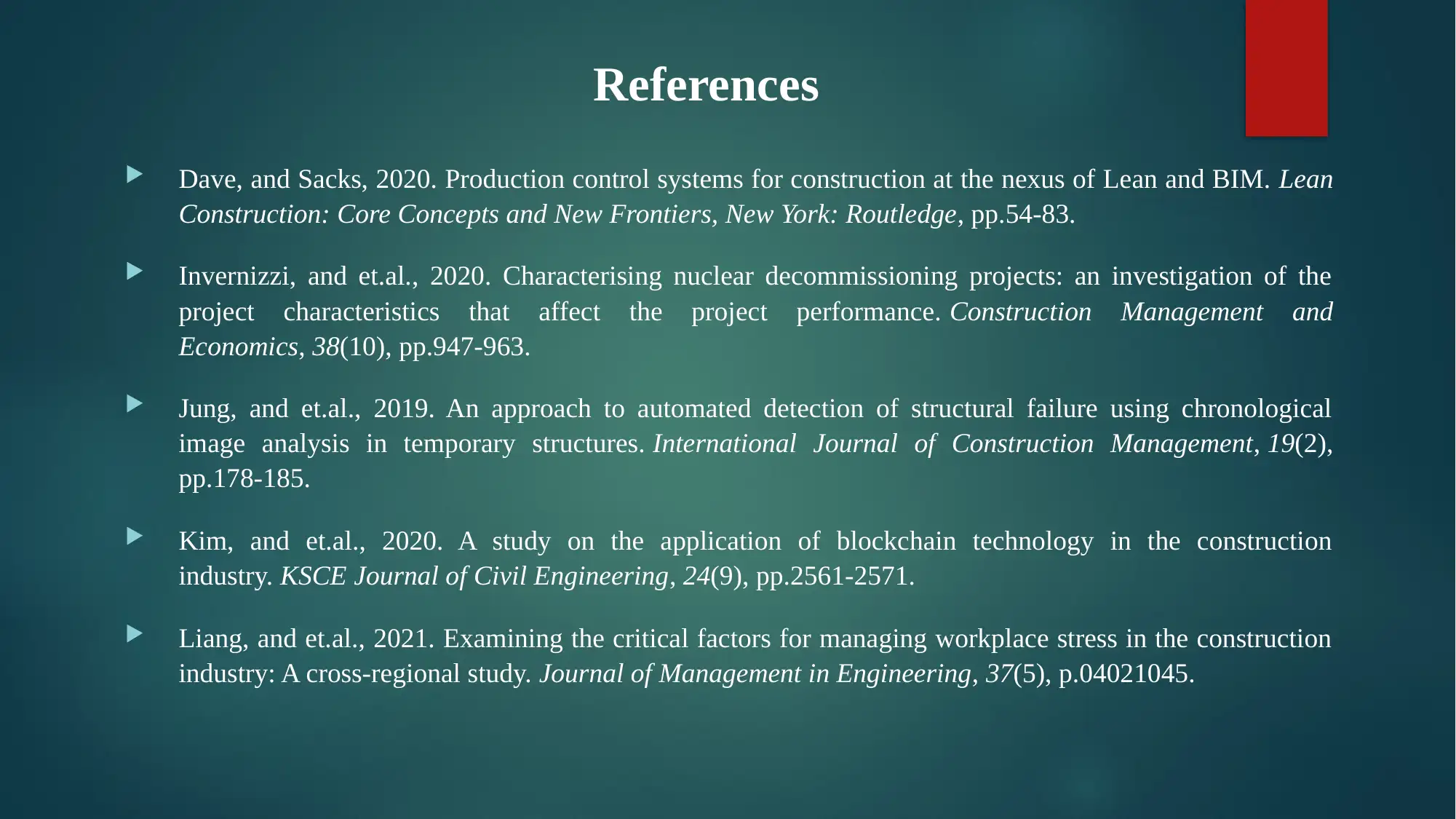







![[object Object]](/_next/static/media/star-bottom.7253800d.svg)